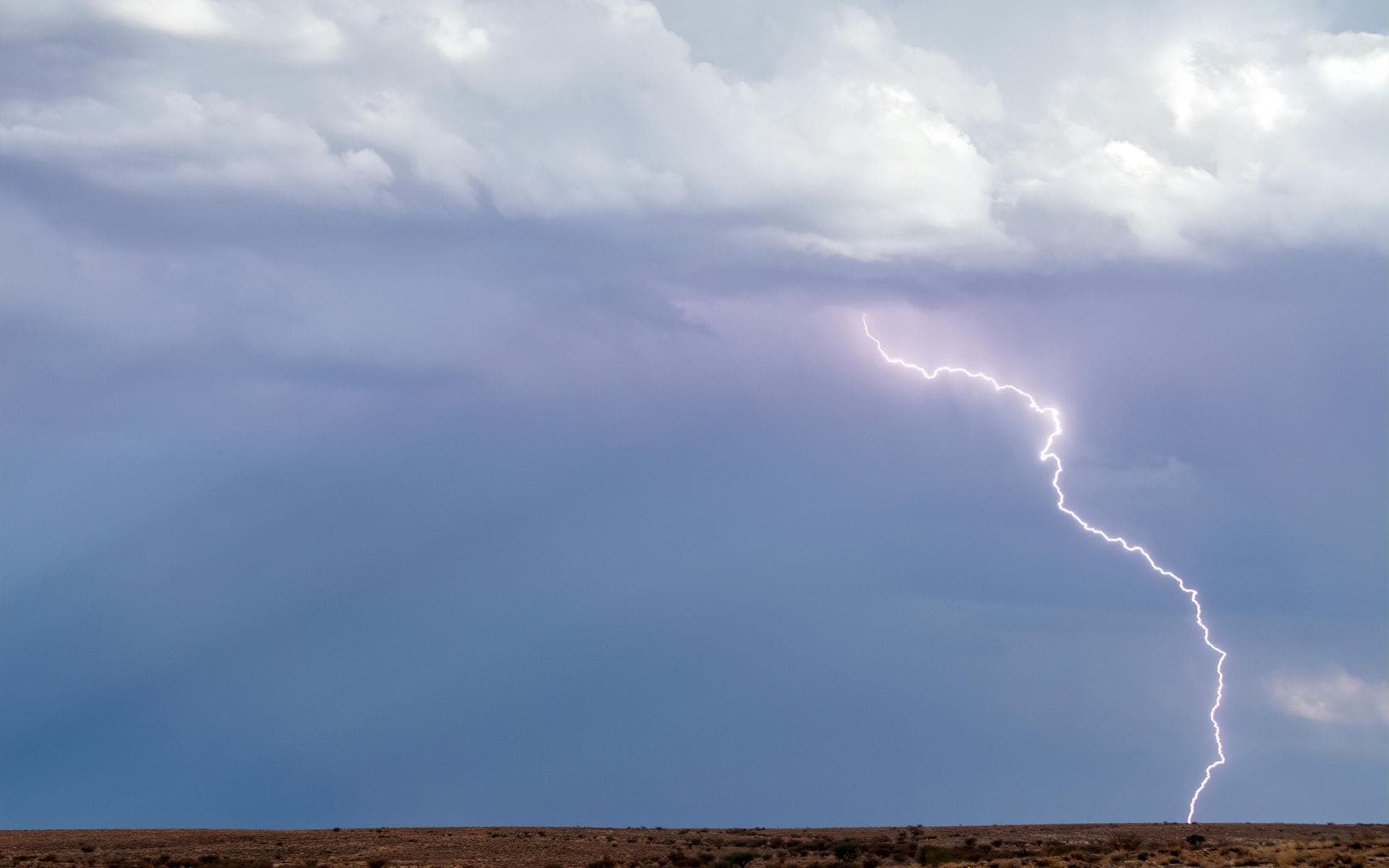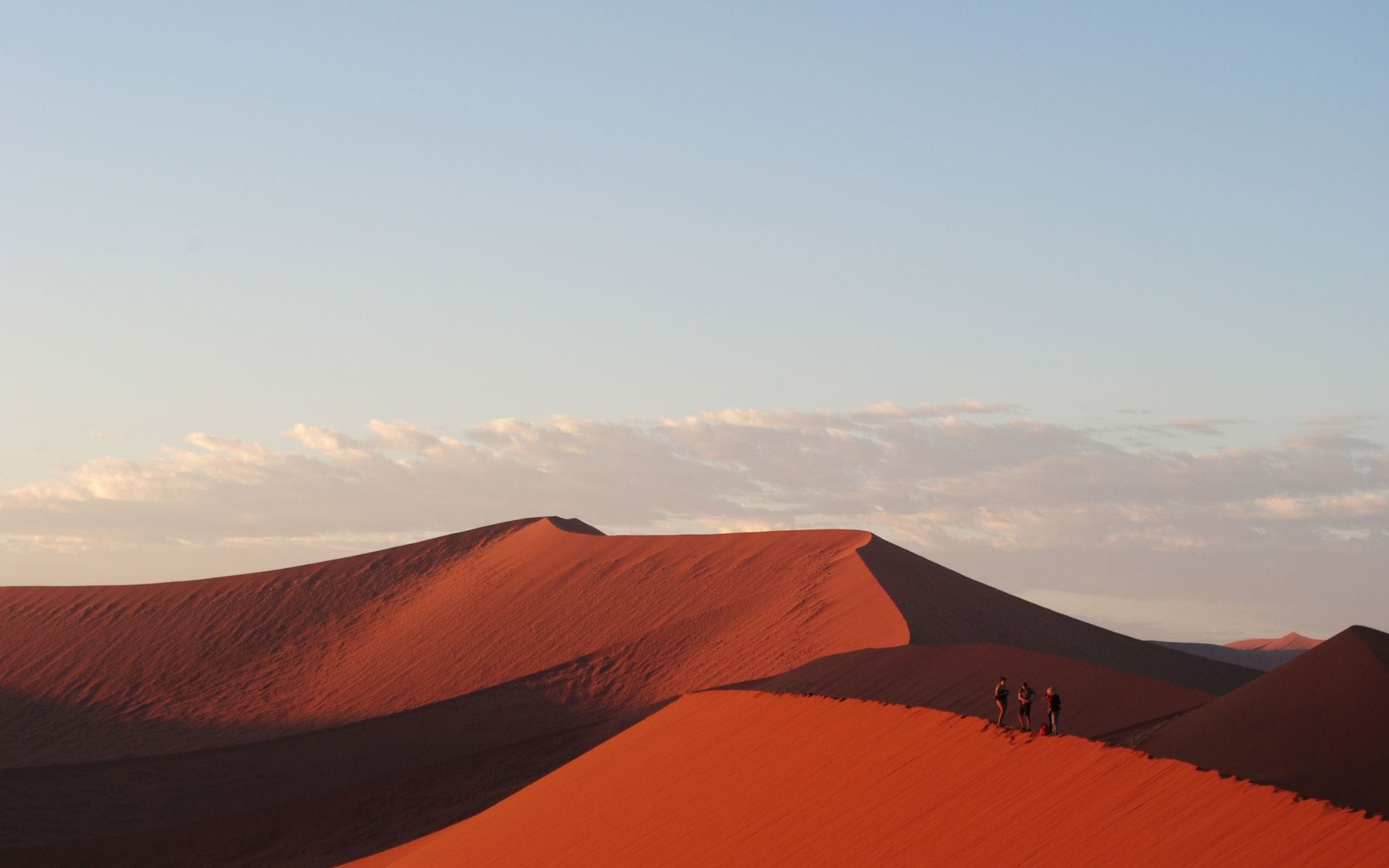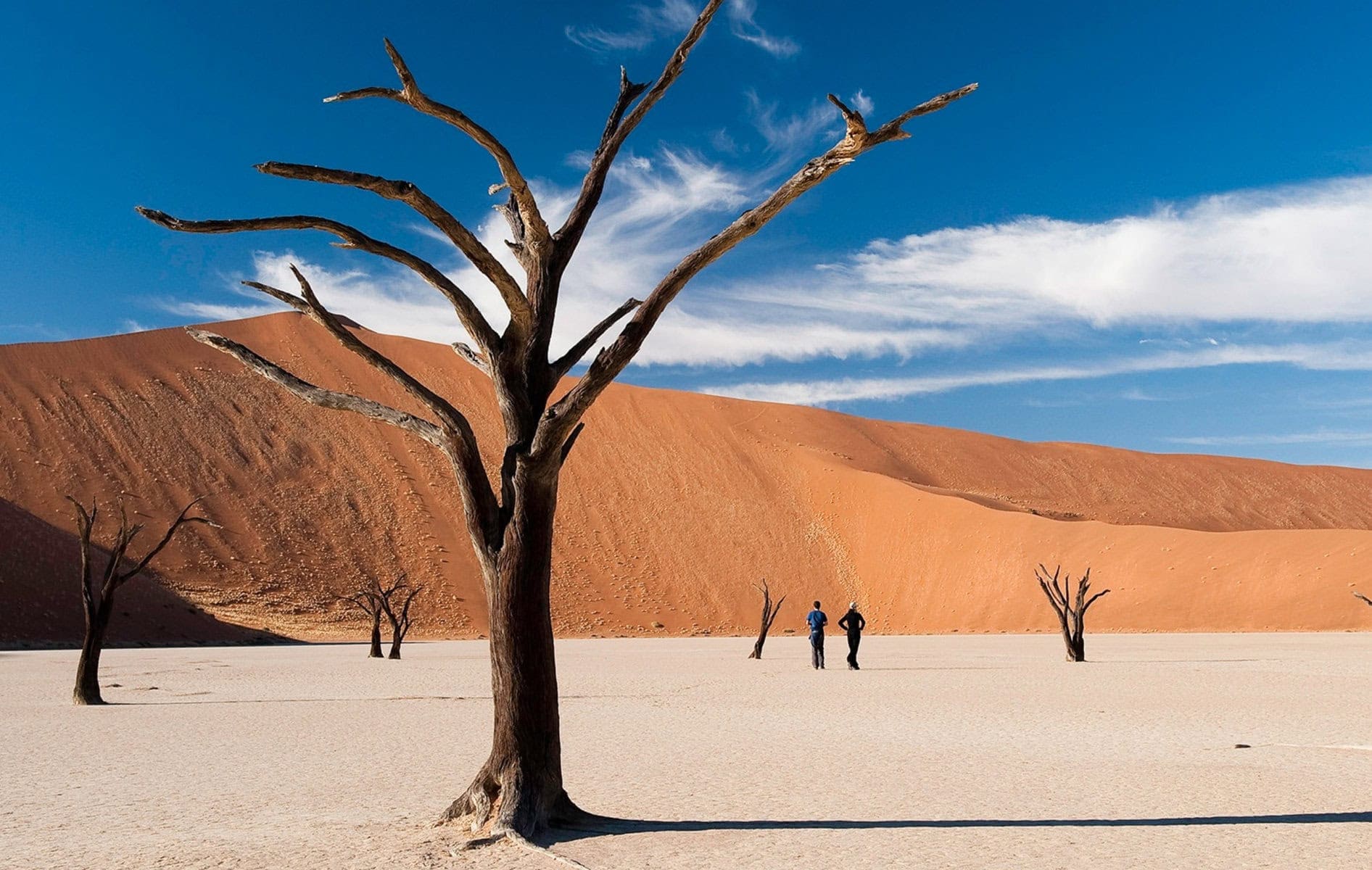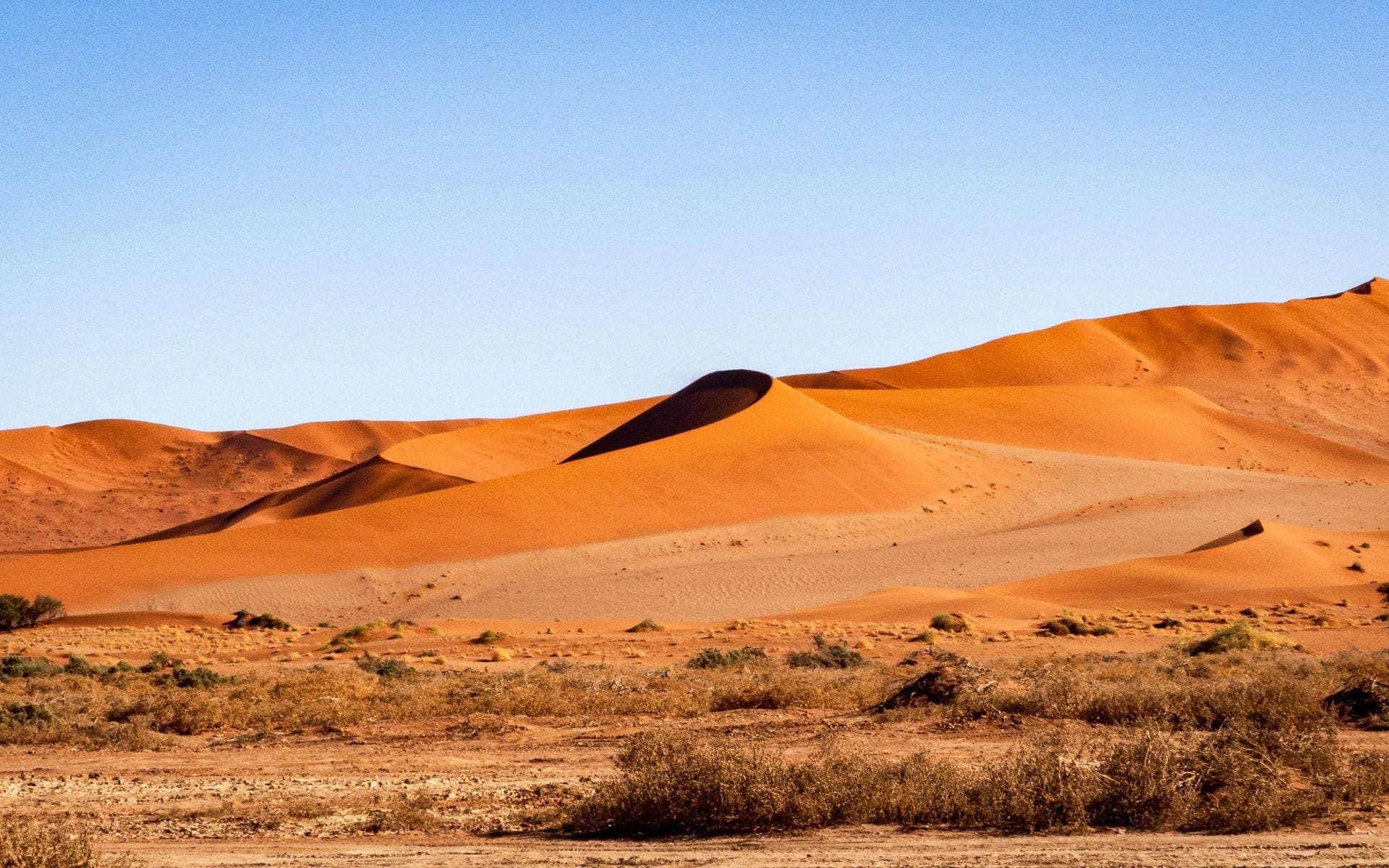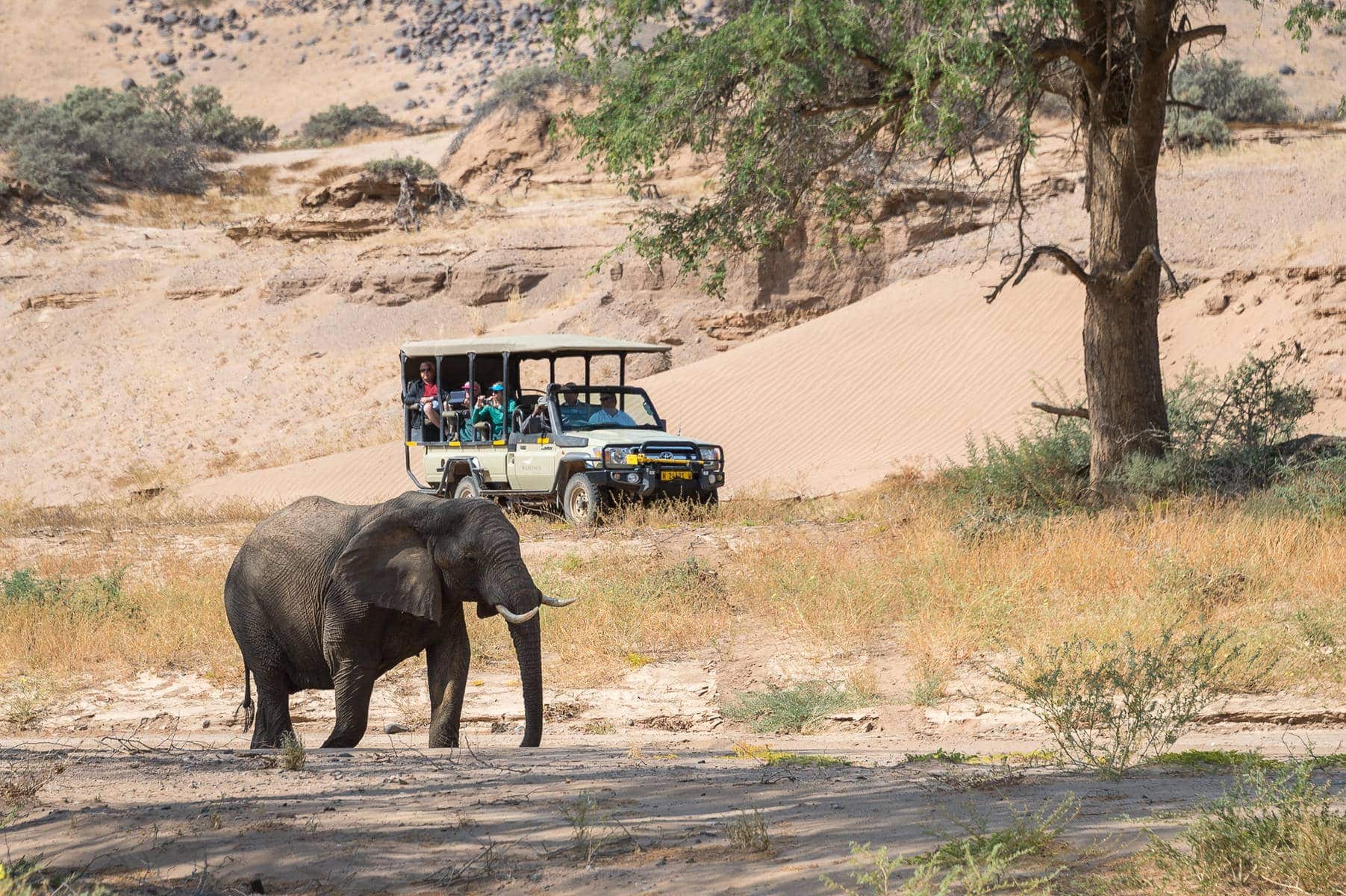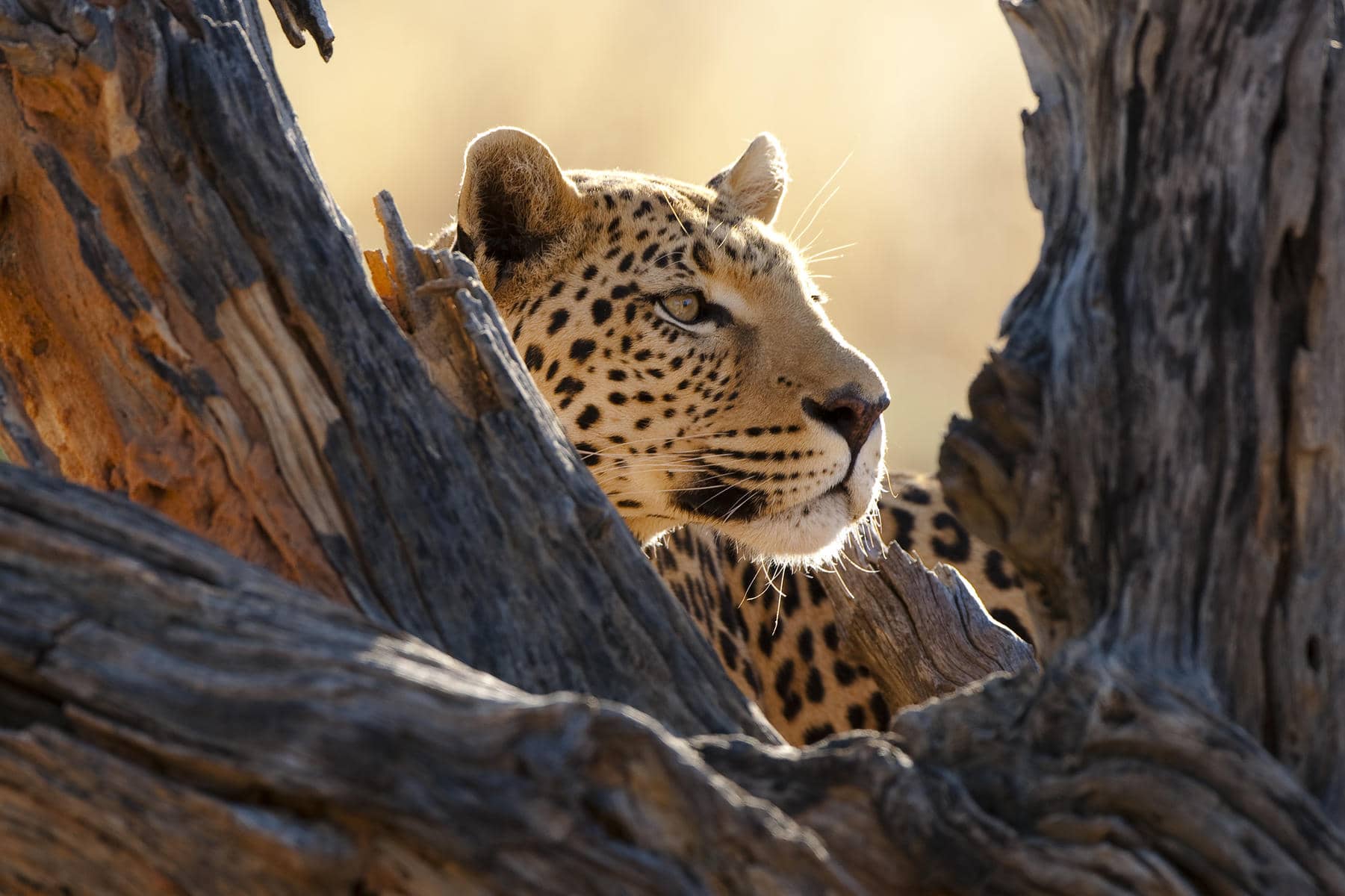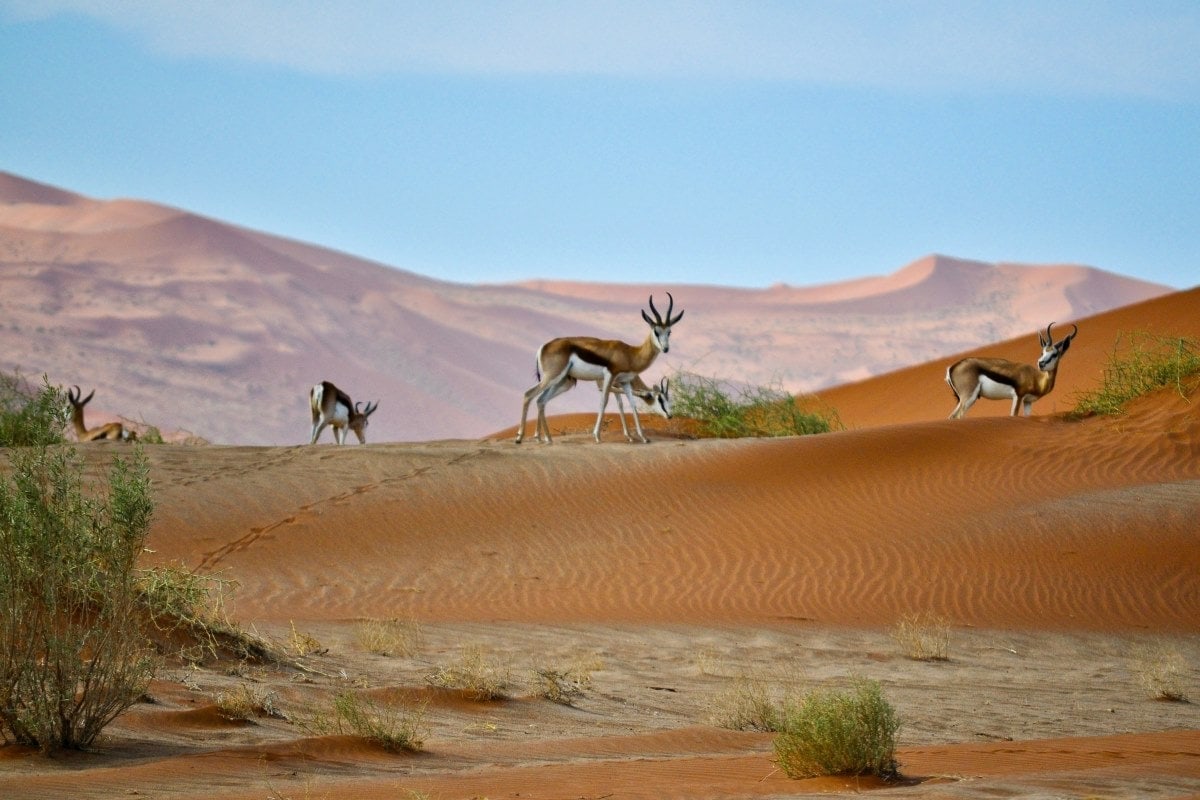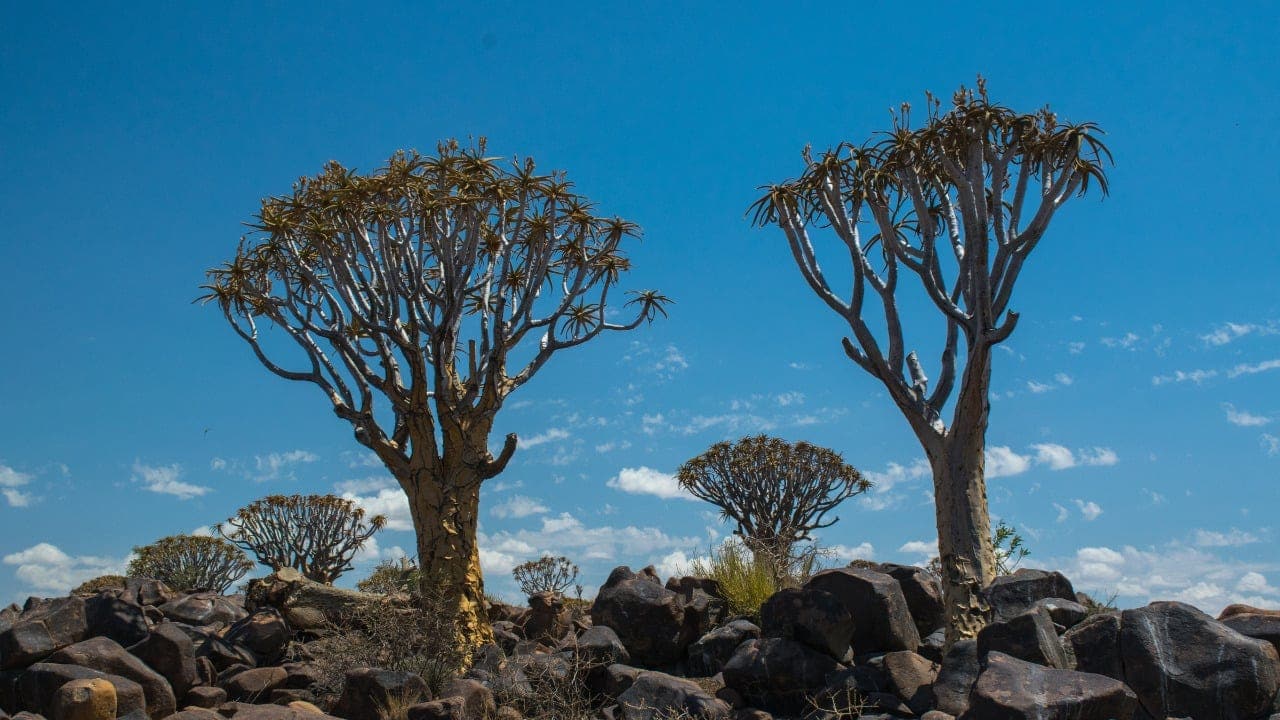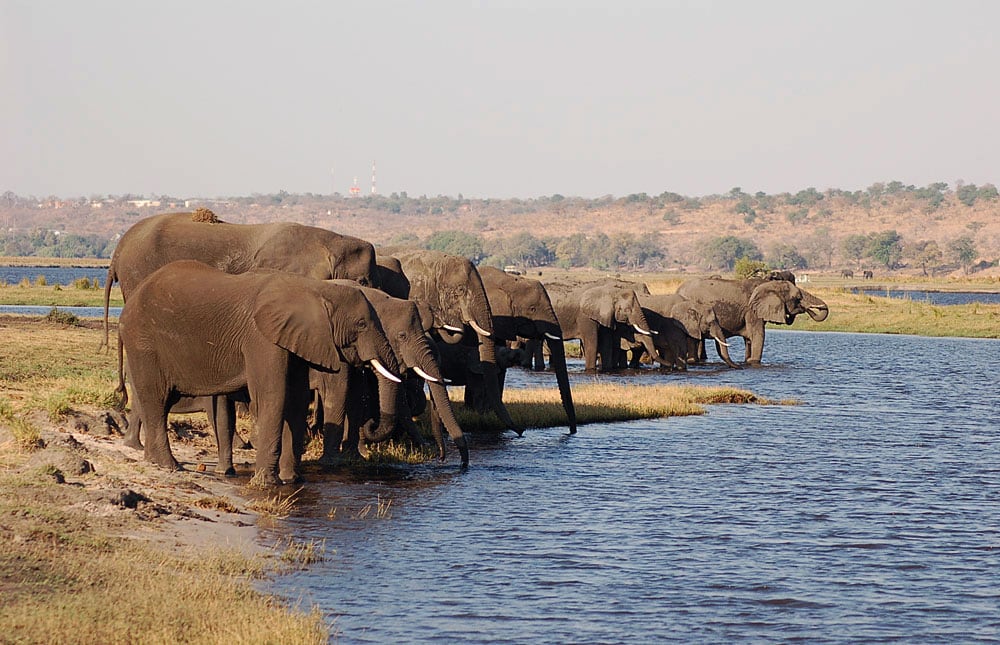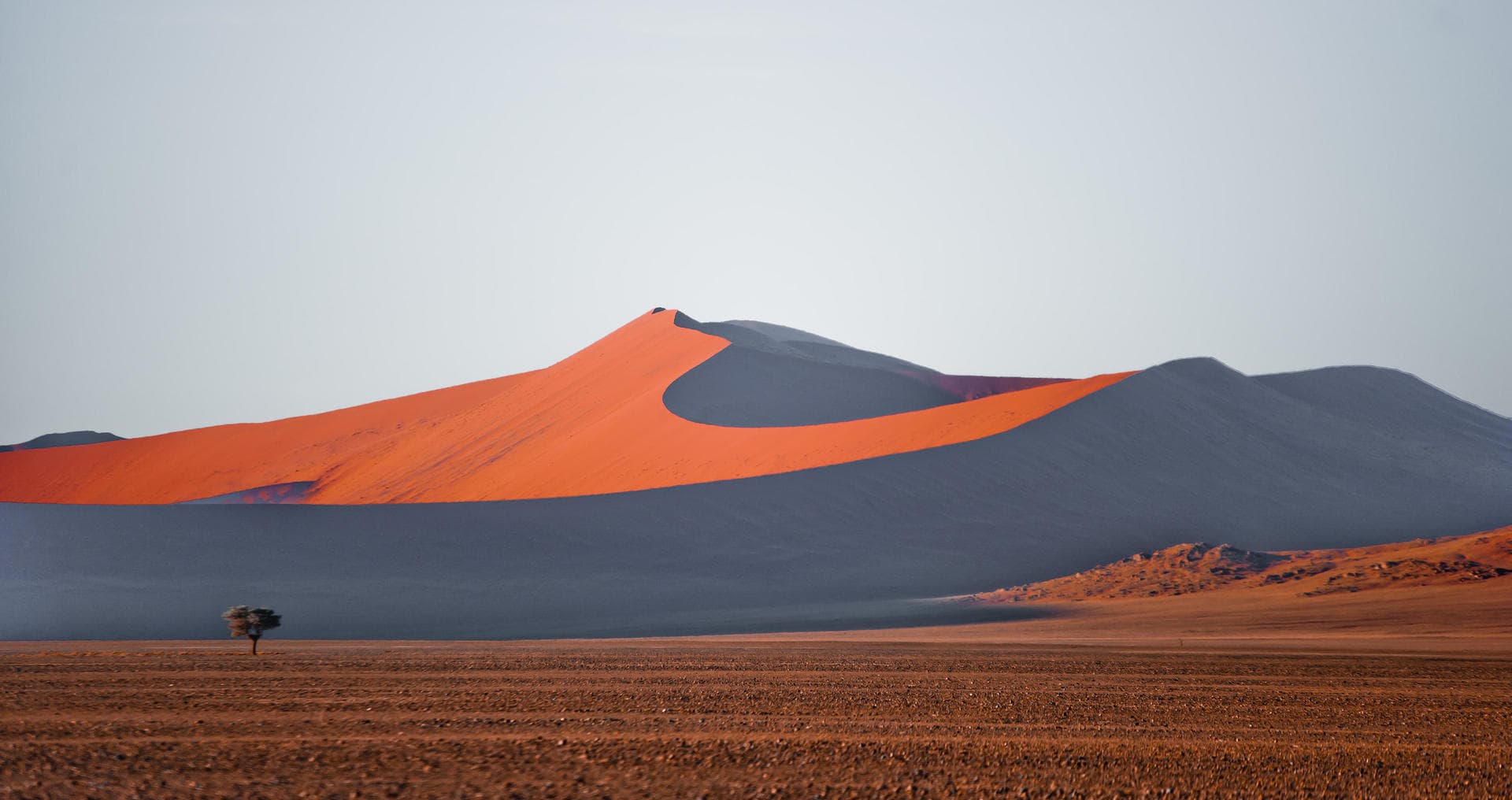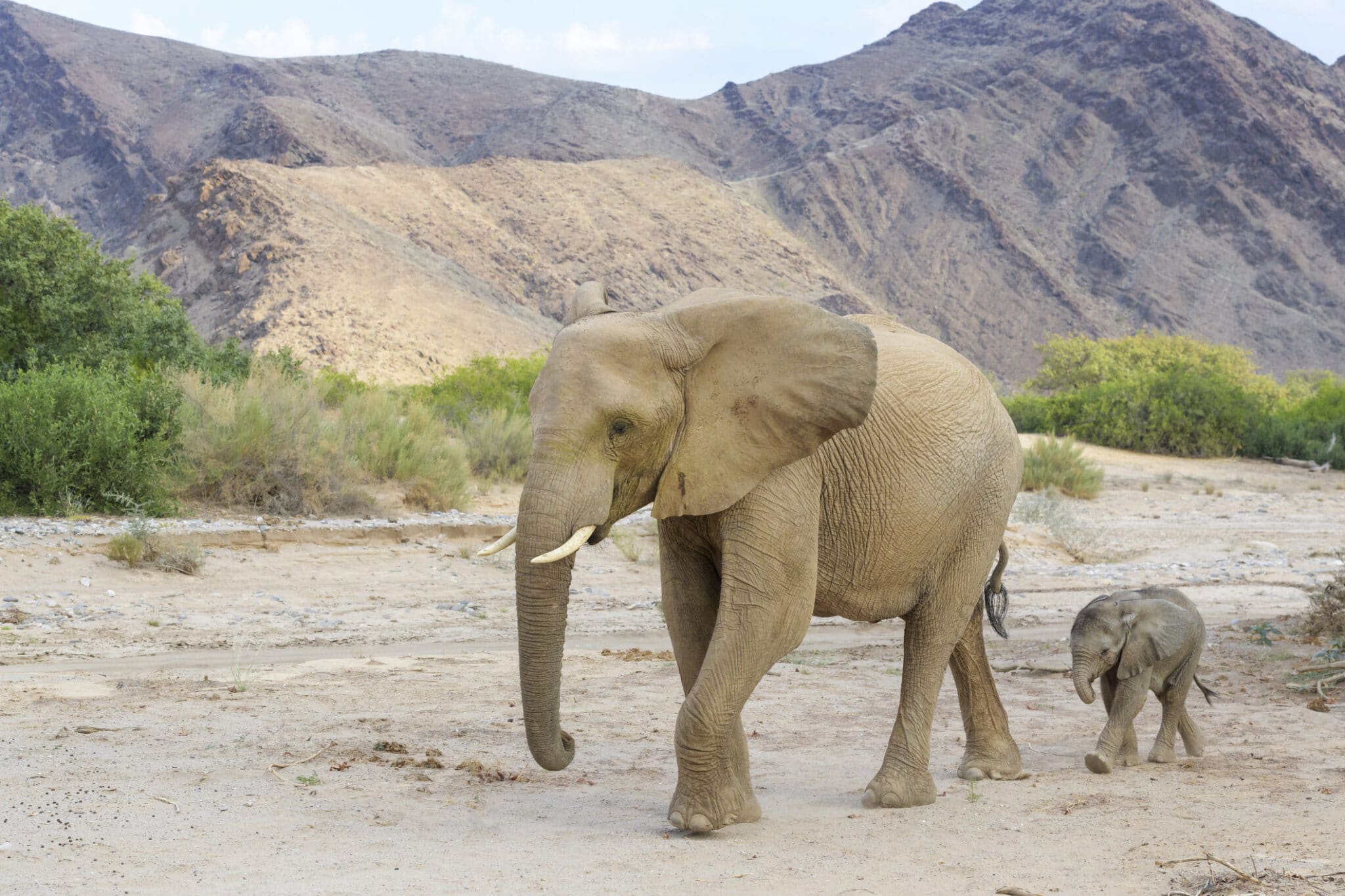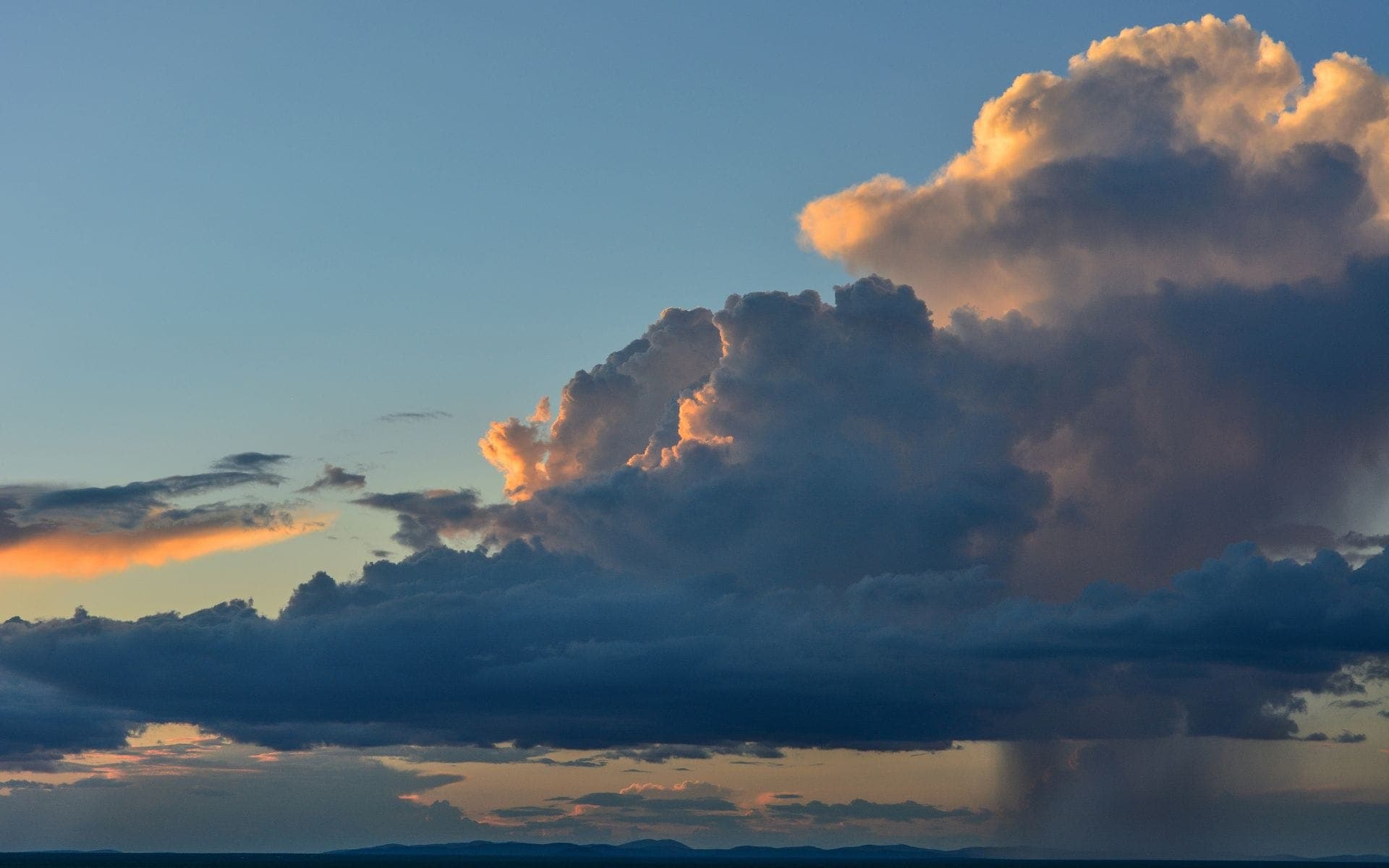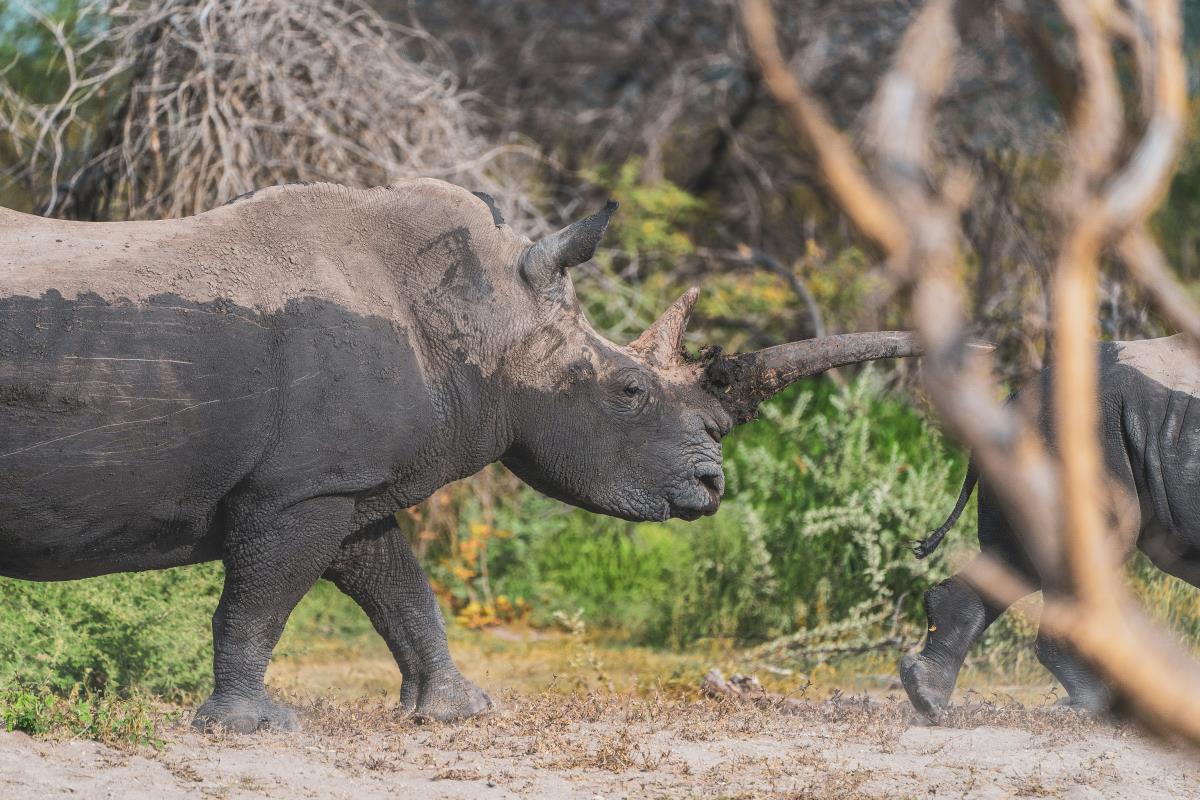Namibia is a land of dreamlike and otherworldly landscapes, where towering red dunes meet endless desert plains and rugged mountains cast long shadows over vast, untamed wilderness. Picture yourself standing atop the majestic dunes of Sossusvlei as the sun rises, painting the sand in shades of deep orange and crimson, or gazing over the eerie, skeletal trees of Deadvlei under a brilliant blue sky.
Beyond the desert, Etosha National Park offers thrilling wildlife encounters, where elephants, lions, and rhinos gather around shimmering salt pans and waterholes in a region roughly the size of Switzerland. Then, there’s the haunting beauty of the Skeleton Coast, with its shipwrecks and swirling mists that tell stories of a land shaped by the harsh realities of time and nature.
Whether exploring the surreal landscapes of the Namib Desert, tracking desert-adapted elephants in Damaraland, or stargazing under some of the clearest night skies on Earth, Namibia is a destination that rewards the adventurous spirit of those who seek to explore Earth’s arid extremes.


